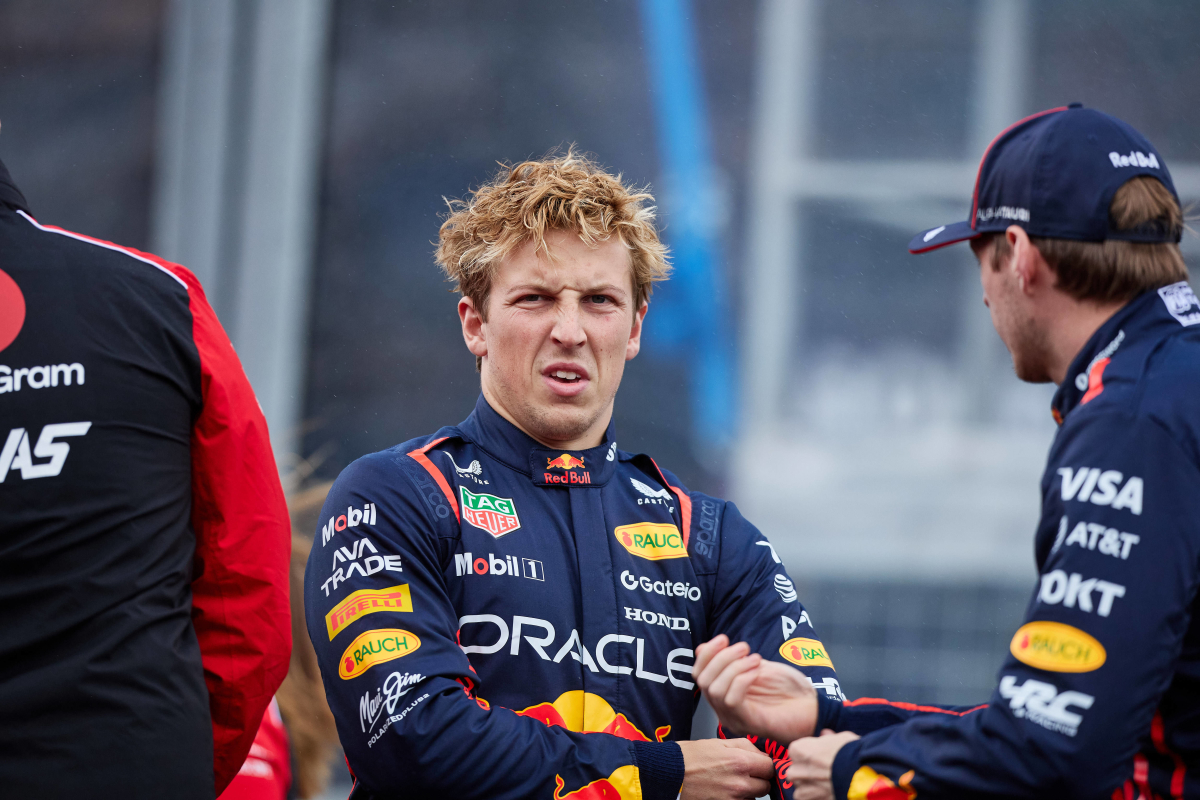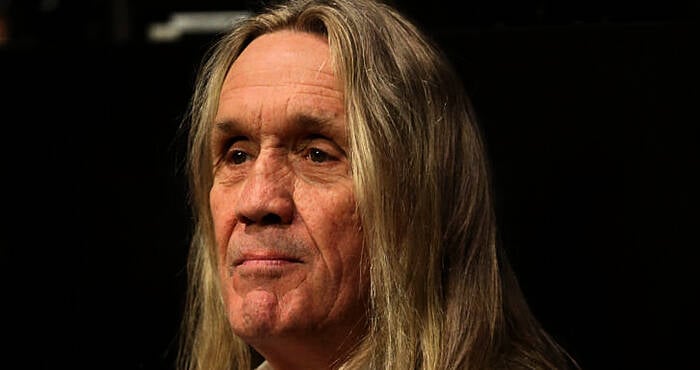F1 Penalty Points: Red Bull Star Edges Closer to Race Ban Amid Penalty C… read more
The 2025 Formula One season has already delivered its fair share of drama, and the Miami Grand Prix weekend proved no exception. On Saturday, stewards were kept busy during and after the sprint race, handing out a flurry of penalties for various infractions. But while some of the headline names were penalized in the form of time sanctions, it was a lesser-known name that found himself inching closer to a potential race ban.
Penalty Drama in Miami
Max Verstappen, the reigning world champion and Red Bull Racing’s dominant figure, was one of the notable recipients of a penalty during the Miami sprint. He was handed a 10-second time penalty for an unsafe release into the path of young driver Kimi Antonelli during a pit stop. Although Verstappen was already having a challenging race, the penalty relegated him to the back of the field among the remaining runners, compounding an already frustrating outing.
Elsewhere, Williams’ Alex Albon and Ferrari reserve driver Ollie Bearman also found themselves in trouble with the stewards after the checkered flag. Both drivers were penalized for separate incidents and, as a result, lost their positions within the points-paying places. Despite these setbacks, however, none of the three received penalty points on their FIA Super Licences, meaning their overall records remain relatively unaffected — for now.
Liam Lawson Nears Dangerous Territory
The major development from the weekend in terms of the penalty points system involved Liam Lawson. The New Zealander, who is currently on loan from Red Bull and making a case for a permanent seat, was penalized for causing a collision with veteran Fernando Alonso. Lawson received a five-second time penalty for the incident, which many observers deemed avoidable. More significantly, he was also given a penalty point on his Super Licence — bringing his total to six.
In Formula One, drivers accumulate penalty points for various infractions, with the threshold for a one-race ban set at 12 points over a 12-month period. Should Lawson accrue another six points before any of his existing ones expire, he will face an automatic race ban. It’s a situation that isn’t unprecedented; last season, Kevin Magnussen became the first driver in the modern era to serve a race ban under this system. Lawson now finds himself halfway to that limit, with the pressure mounting as the season progresses.
Verstappen Also Under the Microscope
Although Verstappen did not receive a penalty point in Miami, the reigning champion is also uncomfortably close to the 12-point limit. According to the FIA’s current penalty point database, Verstappen will not lose any of his accrued points until June 30 — coincidentally the same day Fernando Alonso is also set to see his record partially cleared.
That means for the next few months, Verstappen must tread carefully. Known for his aggressive style — characterized by bold overtakes, sharp defensive maneuvers, and a no-nonsense approach to wheel-to-wheel combat — the Dutchman will need to show a level of restraint perhaps uncharacteristic of his usual racing style. Any reckless dive down the inside or a poorly timed defensive swerve could result in another point or two on his licence, pushing him dangerously close to a ban.
Given Verstappen’s role at the forefront of the championship battle, a race ban could have major implications for both his title defense and Red Bull’s Constructors’ Championship aspirations. While Verstappen is not necessarily known for frequent on-track infractions, the cumulative nature of the penalty system means even relatively minor incidents can snowball over time.
The Growing Role of Penalty Points in F1
The Super Licence penalty point system was introduced in 2014 as a way to encourage cleaner, more responsible racing by adding long-term consequences to poor driving behavior. Points are awarded based on the severity of the incident, and each remains on the driver’s record for 12 months. Accumulating 12 points within that timeframe results in an automatic one-race suspension — a rule designed to act as a deterrent and keep drivers in check.
While the system has largely worked as intended, it has also faced criticism for its lack of flexibility and for treating vastly different infractions with seemingly equal weight. A minor infringement like track limits abuse can sometimes carry the same penalty as a much more dangerous maneuver, leading to debates about consistency and fairness.
Looking Ahead: Who’s at Risk?
As it stands, both Verstappen and Lawson are under particular scrutiny. Verstappen, despite being a seasoned pro and three-time world champion, cannot afford to add to his tally until late June. Lawson, still establishing himself in the sport, must avoid further incidents if he wants to stay in the good graces of both his team and the FIA.
Other drivers also have penalty points to their names, but none are currently as close to the limit as Lawson. That could change rapidly, though, especially in a tightly contested season where aggressive racing is the norm rather than the exception.
Conclusion
The Miami Grand Prix may be over, but its ripple effects will be felt for weeks to come. For Verstappen and Lawson in particular, the pressure is now on to combine their competitive instincts with a level of caution. In a sport where margins are razor-thin and tempers can flare, one misstep could mean watching from the sidelines — a fate neither driver can afford in the high-stakes world of Formula One.




